We all like to travel by train. The main reason for this is that the fatigue felt while traveling by train is relatively less than traveling by bus. In addition, people use the train to go on excursions in addition to their daily trips due to the relatively low cost of traveling by train in a country like Sri Lanka and the desire to see the breathtaking scenery around the railway tracks.
Sri Lanka is a small country. Sri Lanka’s main railway station is considered to be the Colombo Fort railway station and two of the most popular destinations within walking distance are Badulla, the terminus of the Upland Railway, and Jaffna, which is located on the Northern Railway. These two places are 292.4 and 397.8 km from the fort respectively. An average train takes about 12 hours to reach both these destinations. To us this distance and time seems like a big thing, but in comparison with the longest railway line and journey in the world, that distance and time is very small. Think for a moment about a 9258 km continuous railway line, a 7 day train journey from start to finish. This experience can be experienced by a train traveling from the beginning to the end of the longest line of the Trans-Siberian railway system, which stretches from Moscow in Russia to the city of Vladivostok on Russia’s eastern coast. Stretching east from Moscow, the Trans-Siberian Express is the world’s longest major single-rail journey. A passenger traveling in this iron monster, which is drawn through different climatic zones and different time zones in Russia, can encounter a series of pleasant experiences that cannot be wiped off the hand.
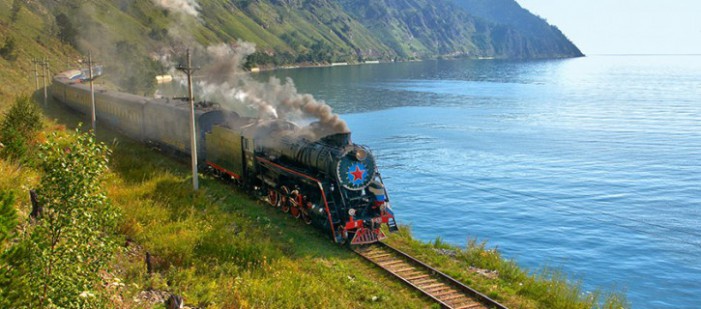
History of the Trans-Siberian Railway
The Trans-Siberian Railway was first proposed to be built in 1886. The first step of the construction started from Vladivostok in 1891. Alexander III, the emperor of Russia at that time, assigned his son Nikolai Alexandrovich to start the preliminary work on the Trans-Siberian road, and the construction had to be done a little slowly through very cold and harsh weather conditions. Apart from this, obtaining the capital and the energy required for construction were very challenging tasks at that time.
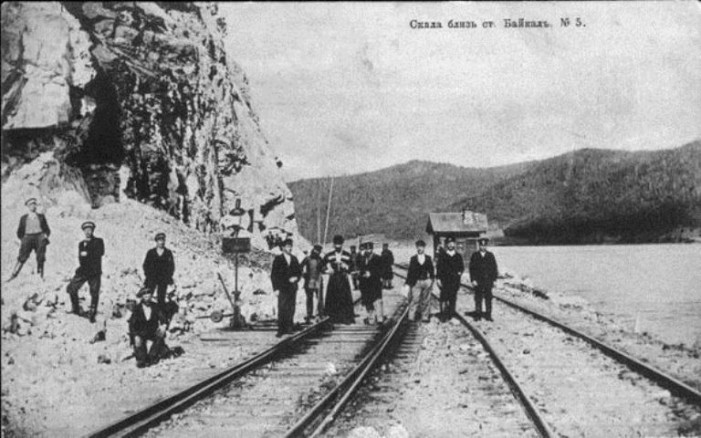
Amidst all these obstacles, the Russians manage to complete the Trans-Siberian railway in 12 years. It is a great achievement for them and this railway is a great support for the social, economic and cultural development of the whole of Russia. Although it was damaged during the First World War and the Russian Civil Revolution, the following governments quickly restored it because this road is so important to Russia.
Main roads and side roads
The Trans-Siberian Railway runs mostly through the taiga. Due to this, a traveler can enjoy its natural beauty during the day. In order to fully enjoy the beauty of this trip, you should travel here between May and September when the sun sets in the Northern Hemisphere for most of the day.
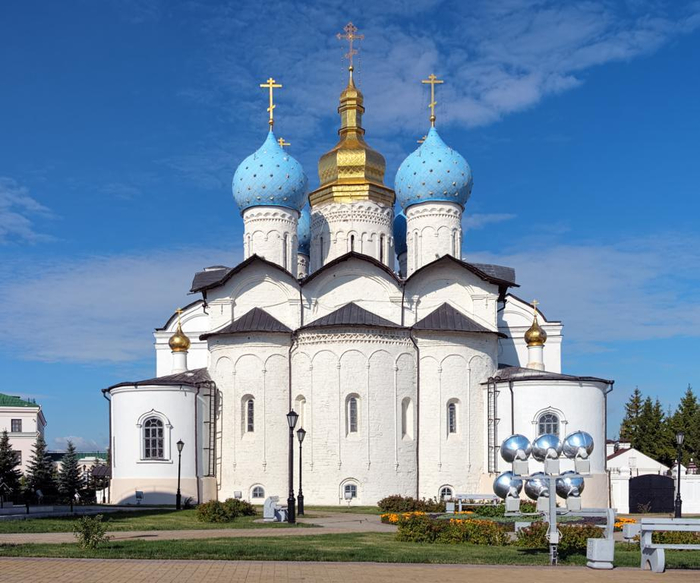
Currently, in addition to the Moscow-Vladivostok main road, 2 more roads have been built here. It is the 8986 km long road from Moscow to Beijing through Manchuria and the 7621 km long road from Moscow to Beijing through Mongolia. In addition to this, two remnant railways were built, the Ural and Amur, but they are not so famous among tourists.
Landmarks of the longest journey
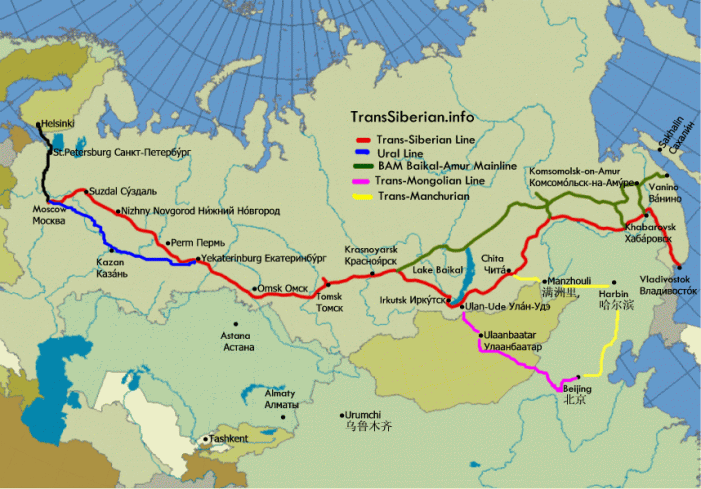
Trains belonging to all 3 lines of the Trans-Siberian Railway system travel on the same route up to Ulan Ude. Kazan can be called one of the special places encountered during this route. The 500-year-old Kremlin building located here is a beautiful place that has won many tourist attractions. It has been designated as a World Heritage Site and consists of buildings dating from the 16th century to the 19th century.
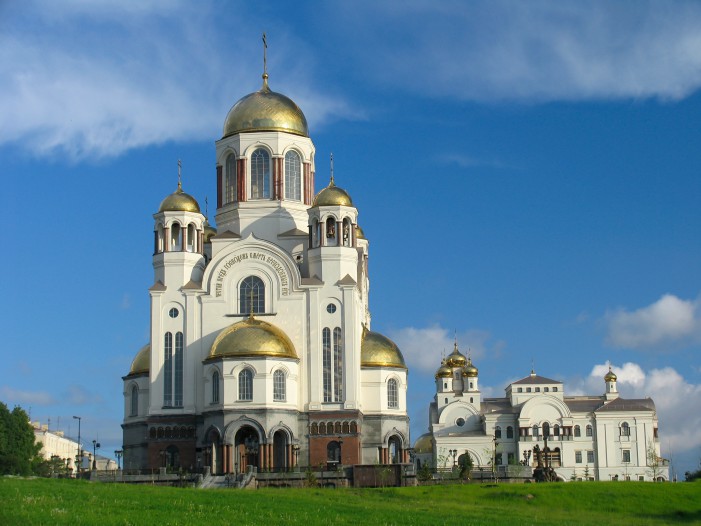
The church located in Yekaterinburg is another unique one. It was built on the site where the Tsars, the last royal family of Russia, were assassinated. The city of Irkutsk, known as the Paris of Serbia, is also found during this journey. There are old traditional buildings and wooden buildings.
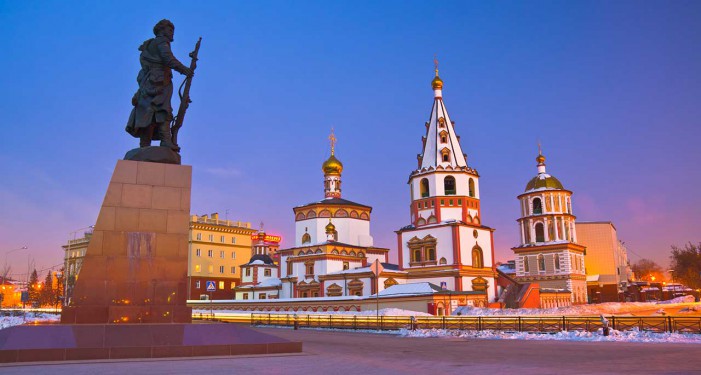
During this trip, the Ural mountain range in the background also creates a mind-blowing sight. Apart from this, the landmark marking the Asia-Europe continental border found at 1777 km from Moscow is also unique. A traveler can also take pictures of the area around Sayan Hill near Tayshet where the tree cutting industry is being carried out.
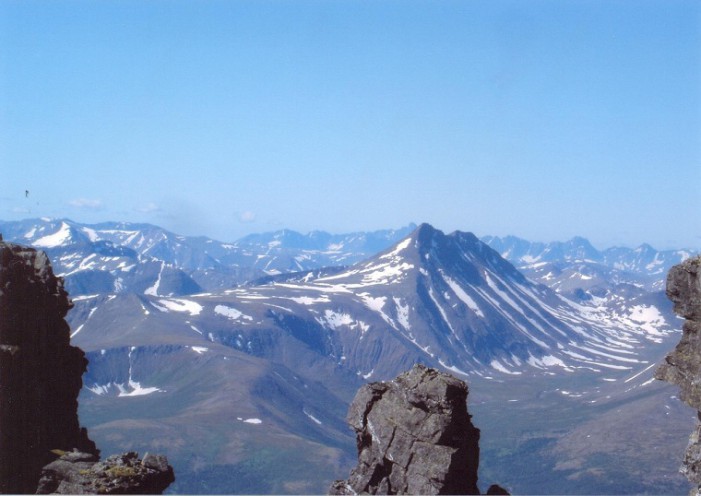
The most unique and scenic part of the journey is the 180 km stretch near Lake Baikal, the world’s deepest lake. The 640 km long Lake Baikal is blessed with clean water and an endemic animal community.
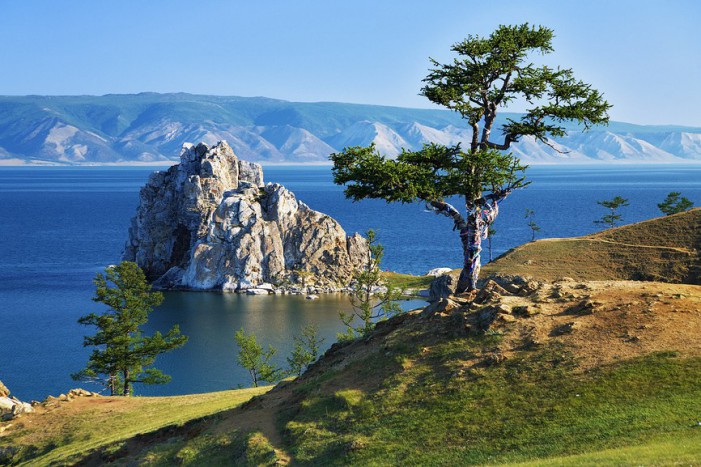
An important part of the Mongolian route passes through the Gobi desert, and a traveler can rarely see the horses and camels drawn in this desert.
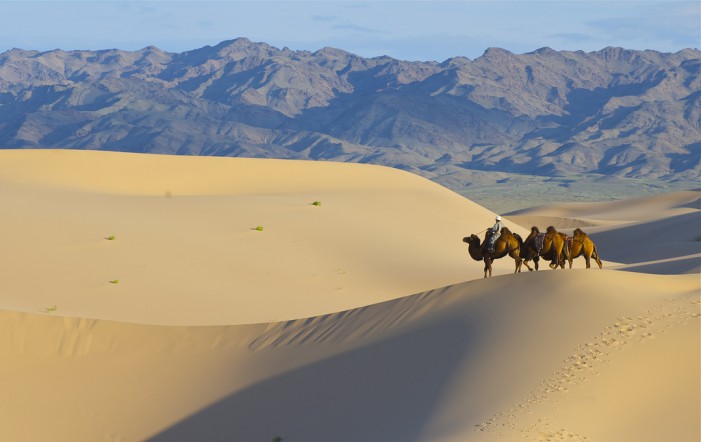
A traveler on the Manchurian Road can see a unique scene at Shanhaiguan. That is the Great Wall of China.

Fares and facilities
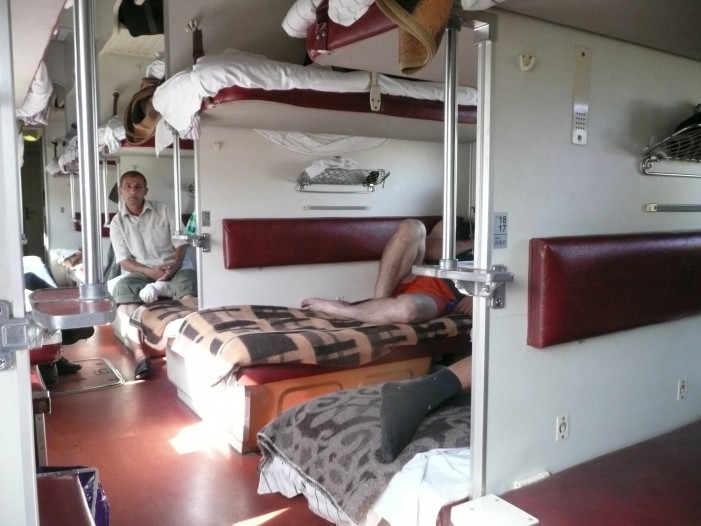
Currently, a one-way ticket from Moscow to Vladivostok costs 500 euros for a second-class ticket and 800 euros for a first-class ticket. In addition, it costs between 600 and 830 euros to travel on the two roads to Beijing, China. Apart from this, there are also trains with very luxurious carriages. There are times when their tickets cost around 10 lakhs of Sri Lankan currency.
Bed facilities are provided for a passenger in the first and second class of the general passenger train. These can be configured as seats and beds. Each train compartment has two well-maintained toilets, bathrooms etc. Luxury cabins have more facilities than this.

Although there is not so much to choose from, a traveler can get a good meal here. Usually ham and fried eggs for breakfast. Schnitzel is a meat and vegetable dish for lunch and dinner. In addition, there is a counter where you can buy beer, Russian champagne, vodka, chocolate, etc. You can usually get mutton and rice from the Mongolian restaurant, and various types of Chinese food from the Chinese restaurant. This duality is seen in the trains going to Beijing.
If you travel on the Trans-Siberian route one day in your life, you will undoubtedly get to add a bunch of valuable experiences to your life.



